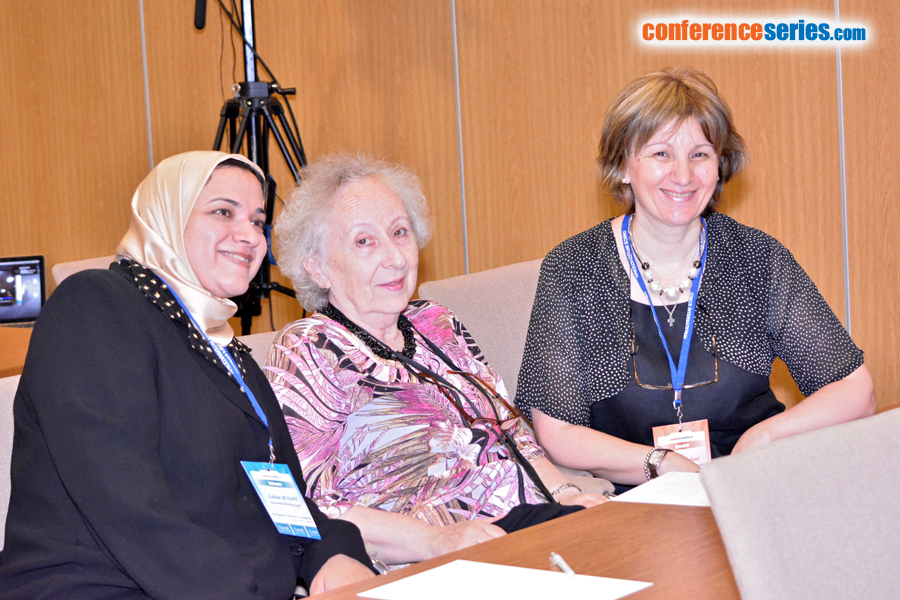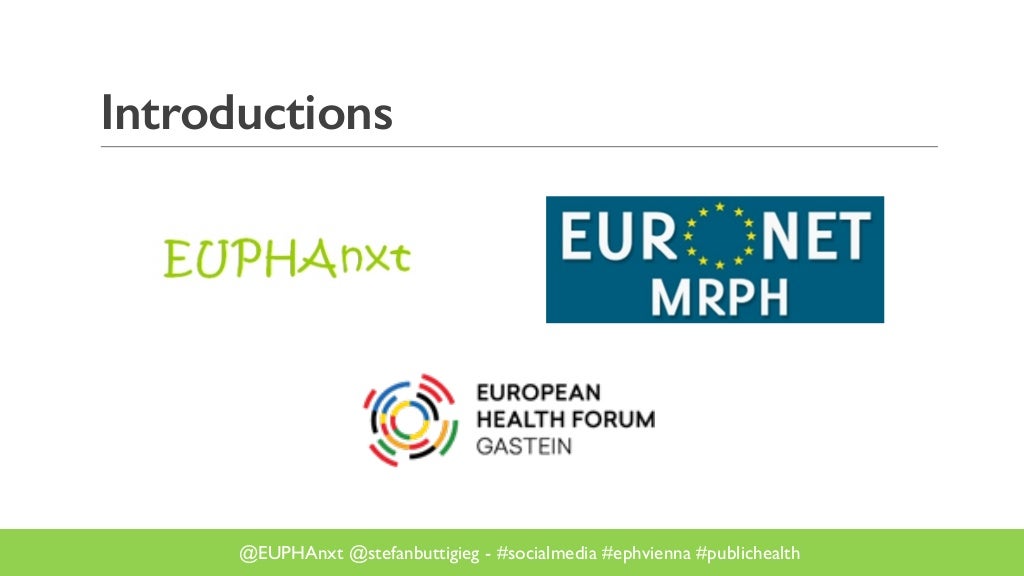
He demonstrated a range of smart tools for sharing knowledge and experience throughout a tech-transfer project, part of a wiki-like process from development to chemistry, manufacturing, and controls and commercial manufacturing. Management bodies in the model are a COI board, competency board, human resources board, quality manufacturing board, and resource management in the whole network.Ĭiaran Kelleher, Senior Process Engineer, Janssen Biologics, Ireland, described a systematic cross-disciplinary approach to tech-transfer projects based on the ISPE Technology Transfer Good Practice Guide. He highlighted communities of interest (COIs), ensuring a common language, standardizing processes, and striving for consistent, high-quality solutions. Leif Poulsen, Global Technology Partner, Automation and IT, NNE Pharmaplan, opened the Knowledge Management session, explaining how to organize knowledge management in a big corporation. Jörgen Magnus, Research and Development Manager from Bayer Technology Services, demonstrated a model for batch definition and out-of-specification investigation in a continuous biological process. In addition, she continued, clarified guidance in Annex 2 would be helpful.

As a Biophorum benchmark study revealed inconsistent room and area classifications, she encouraged attendees to do “proportionate quality risk management” to better support risk assessments with data.

Kavita Ramalingam lyer, a regulatory professional from Merck Sharp & Dohme Corp., highlighted the influence of Annexes 1 and 2 on biologicals manufacturing. In the future, he explained, inspections might be additionally affected by the new “Good Manufacturing Practice for Advanced Therapy Medicinal Products” guidance produced by the European Commission and EMA, which is currently in the public commenting period. Hopkins noted that processes are often not well defined in biologics, a situation that may lead to difficult inspections. Hopkins encouraged industry members to contact to the office with their questions.


He discussed the agency’s new Innovation Office, established in 2012 to provide a single point of access to expert regulatory information, advice, and guidance to help organizations of all backgrounds and sizes develop innovative medicines, new medical devices, or novel manufacturing processes. Andrew Hopkins, an MHRA GMP Inspector and Chair of the joint EMA and PIC/S working group on the EU GMP Annex 1 update, opened the Quality and Regulatory Session.


 0 kommentar(er)
0 kommentar(er)
